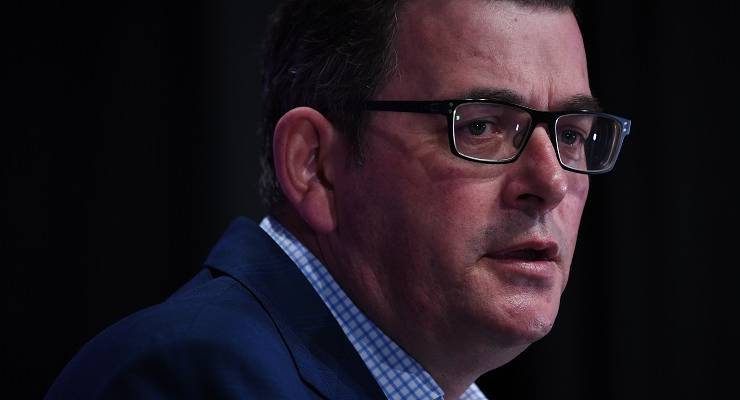
Economic woes
Nearly 30,000 Victorians went on to JobSeeker since the end of June, taking the total number in the state to 400,000.
Household spending is down by 30% compared to 3% nationally, with a drop of 80% in accommodation spending.
It comes as federal Treasurer Josh Frydenberg attacks the state Labor government for a “litany of failures”.
Business groups have asked for a list of industries which would be the first to reopen, with several organisations filing a class-action lawsuit against senior ministers for damage imposed on their companies due to lockdown restrictions.
Victorian Premier Daniel Andrews said he would meet with industry leaders to determine the road map this week.
This morning Victoria recorded just 73 new COVID-19 cases — a seven-week low for the state — but the highest number of deaths since the pandemic began. Today’s recording of 41 deaths includes 22 deaths reported to the Health Department by nursing homes from the weeks leading up to August 27.
The recession will hit Sydney and Melbourne hardest thanks to a collapse in international tourist numbers, stagnant population growth and unemployment.
In NSW, 4.4% of payroll jobs have disappeared since mid-March — this number is 8.5% in central Sydney. In Victoria, 7.8% of payroll jobs have disappeared, compared to 10.3% in central Melbourne — the highest rate in the country.
This morning NSW recorded 10 new COVID-19 cases in the past 24 hours.
There have also been widespread calls for the government to make reforms ahead of the delayed October budget, with the Australian Industry Group calling for tax cuts to be brought forward.
Virus lives in kids for weeks
Children can carry COVID-19 in their noses and throats for weeks, new research from South Korea has shown. Of children who tested positive to the virus, 22% didn’t show any symptoms, while another 20% presented symptoms later into the infection.
Genetic material from the virus was detectable in children for 14 days on average, though it’s not known what impact this has on virus transmission.
Homelessness up, poverty down
Rates of homelessness spiked nationally during the pandemic, and community groups are concerned the recession will worsen the problem. More than 116,000 Australians were without a home on any given night during the pandemic.
Support services have been inundated with people seeking help, with unemployment and family violence behind the surge.
Poverty rates have decreased in Australia with half a million fewer people living below the poverty line, research from the Australian National University has found. Without supplement payments, an extra 2.2 million Australians would be living in poverty, new research has found, reaching a total of 3.8 million — around 15% of the population.
But the scaling back of JobKeeper and JobSeeker payments from October will undo a lot of these efforts, pushing 740,000 people back into poverty, the paper found.
Silver lining
Economic turmoil has led to a small silver lining: Australia’s greenhouse gas emissions have dropped, reaching the lowest levels since 1998. Emissions for the past financial year are estimated to be 518 million tonnes, driven by decreases in electricity, transport, agriculture and industrial processes.








Children are walking Petri dishes, who knew?
Apart from doctors, teachers, parents & scientists.